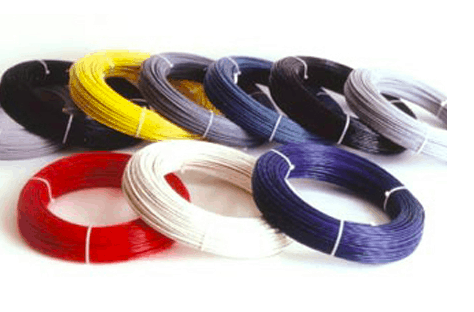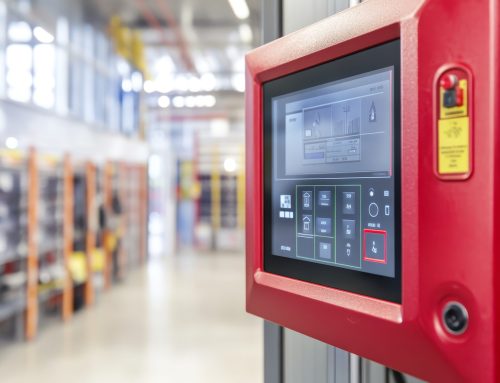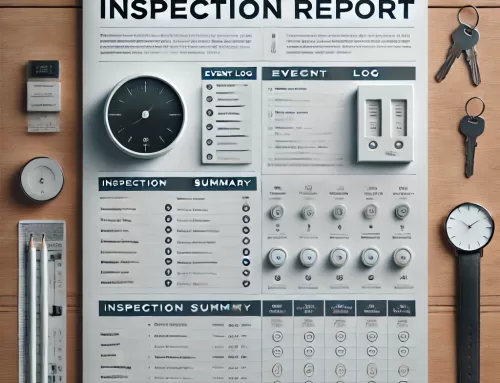Fire alarm systems are equipped with detection devices to detect heat and/or smoke depending on the type of detector. Heat detection devices like linear heat detectors detect heat and not smoke. These type of detection devices are ideal in areas where other means of detection could be damaged or inefficient.
There are several types of heat detection devices. Linear Heat Detection (LHD) uses a wire or cable instead of a thermostat to detect heat from fire. There are many customizable options when it comes to installation, making it a versatile and effective means of heat detection in many applications.
How it works
Linear Heat Detection (LHD) is a continuous heat detector designed to detect heat along the length of a sensor cable. This sensor cable is made up of two conductors, both insulated by heat sensitive polymers.
The heat sensitive polymer is protected by an outer jacket. Beneath this jacket and heat sensitive polymer coating is a pair of steel conductors. When the ambient temperature meets or exceeds the detector’s fixed temperature, the polymer melts. As it melts, the steel conductors make contact and initiate an electrical short that then sends a signal to the fire alarm panel of an alarm condition.

Once a signal has been sent, the panel will then release the fire suppression agent or set of the fire alarm system. For example, if the LHD is connected to a fire alarm that initiates the fire sprinkler system upon alarm, when the heat from fire melts the wire, the system is alerted, and the fire sprinkler valves open to allow water to flow in. LHD work with most any type of fire alarm system (wet, dry, etc.).
Benefits of liner heat detection
There are many benefits to LHD. One of which is a continuous source of heat detection up to 10,000 feet. LHD cables are also very durable and long-lasting. Conversely, spot heat detectors do not offer the continuous field of detection of LHD cables, they don’t hold up very well, and can be easily damaged.
Fike, one of the many manufacturers of linear heat detectors, notes many benefits of LHD. Some of these benefits pertaining to their detector called Protectowire include:
- Fewer false alarms and false suppressant discharge with Confirmed Temperature Intiation (CTI).
- Detection device works with fire alarm system interface and modules that identify source and temperature of hazard
- Easy installation and maintenance
- Provides hazard coverage at every point on the cable for maximum protection
- Available in a variety of lengths, cable coatings and alarm temperatures for maximum flexibility
- Wide zone area, up to 10,000 feet of continuous detection
Common applications
LHD is ideal for areas where electronics may not be the best choice. These devices are particularly appropriate for areas where installation or maintenance access is in a physically demanding or hazardous area. LHD is also perfect for when fire detection is required in close proximity. For example, in closed-in areas where it’s easier to run a cable than place a thermostat.
Some of the most applications for LHD include:
- Freezers
- Printing presses
- Vehicle suppression systems
- Warehouses
Installation, testing, and maintenance
LHD cables should be installed by a licensed fire protection professional. Linear heat detectors are easy to maintain and require little to maintenance making them the perfect heat detection solution for many building owners.
There are many guidelines and parameters as set by NFPA regarding the installation, testing, and overall maintenance of LHD devices. A licensed professional will follow this protocol for installation which include testing the continuity of the linear heat detector with an ohm meter to ensure it is in proper working order.
Fire Systems Inc. has experienced fire protection technicians who are specifically trained in Linear Heat Detection. We will ensure the proper installation of your linear heat detector and keep you on track with scheduled testing and maintenance. Contact us today to find out if LHD is the best choice for your facility. Visit our website or call us at 770-333-7979 for more information.






